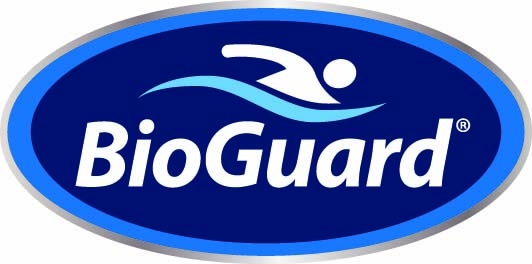Flooding causes devastation to everything in its path. Families are challenged with damaged homes, businesses, schools, vehicles – and often, pools. Once the many “must-do” items are handled, it’s time to repair the pool. What better reward for all that hard work and perseverance! Cooling off and relaxing around the pool are most welcome and can be the first sign of normalcy.
Please refer to Restoring Clear, Blue Water in Flood-Damaged Swimming Pools for specific instructions on cleaning the pool surface and restoring the water to a healthy, sparkling blue. Follow these steps to get your pool equipment in top working order:
1. DO NOT drain the pool. The ground is saturated and can cause an inground pool to shift. The water keeps an inground pool placed firmly in the ground and prevents the walls of an above ground pool from collapsing.
2. Turn the power to the pool off. Ideally, the power was turned off before the equipment area began to flood. If it was not, turn it off as soon as possible.
3. Flooding voids all product warranties on the pool equipment, so check these items for inclusion in flood insurance claims.
4. Specific equipment to check includes:
a. Pump motor. Once floodwater has receded, attempt to run the pump. The pump motor may short circuit and require replacement if power remained on while equipment was submerged.
b. Sand filter. If the sand filter was not moved and pipes are still connected, it should operate and not require replacement*.
c. Salt cells. If the salt cell is completely encased and didn’t get wet, it is likely able to generate chlorine. If chlorine levels indicate fault after step 6, check operation of the salt cell.
d. Automatic cleaner motors. Check automatic cleaners for correct operation.
5. Remove all solid debris from the pool and drain down any excess water from the pool.
6. Once equipment has been inspected, turn the pump on to evaluate the integrity of the pool equipment.
7. Use a floccing agent such as BioGuard’s PowerFloc® and vacuum in the waste position on the filter valve. Circulate the pool for 24 hours, and then test. Make adjustments as needed. Circulate again for 24 hours. Monitor the chlorine level for the next 24 hours to ensure you can maintain a 1 – 4ppm level.
8. Clean the filter using a cleaner such as Kleen It® or Strip Kwik®. *It is likely that a sand change or filter media replacement will be necessary after cleaning the flooded pool water.
9. After water is balanced and sanitizer levels are stable, you can resume use of the pool.






